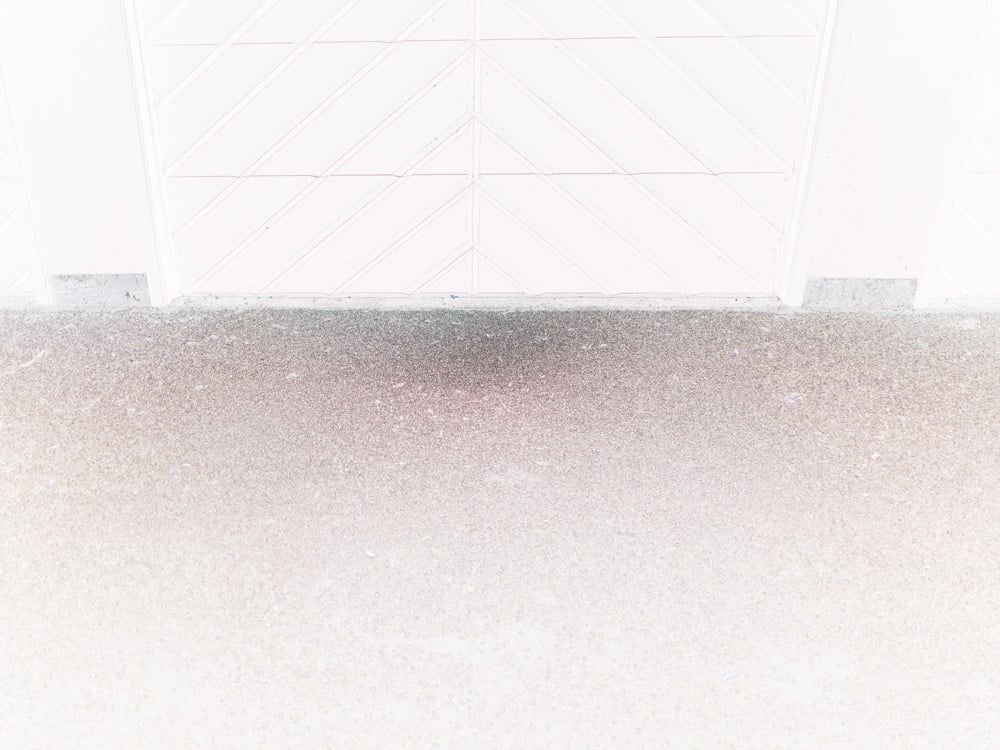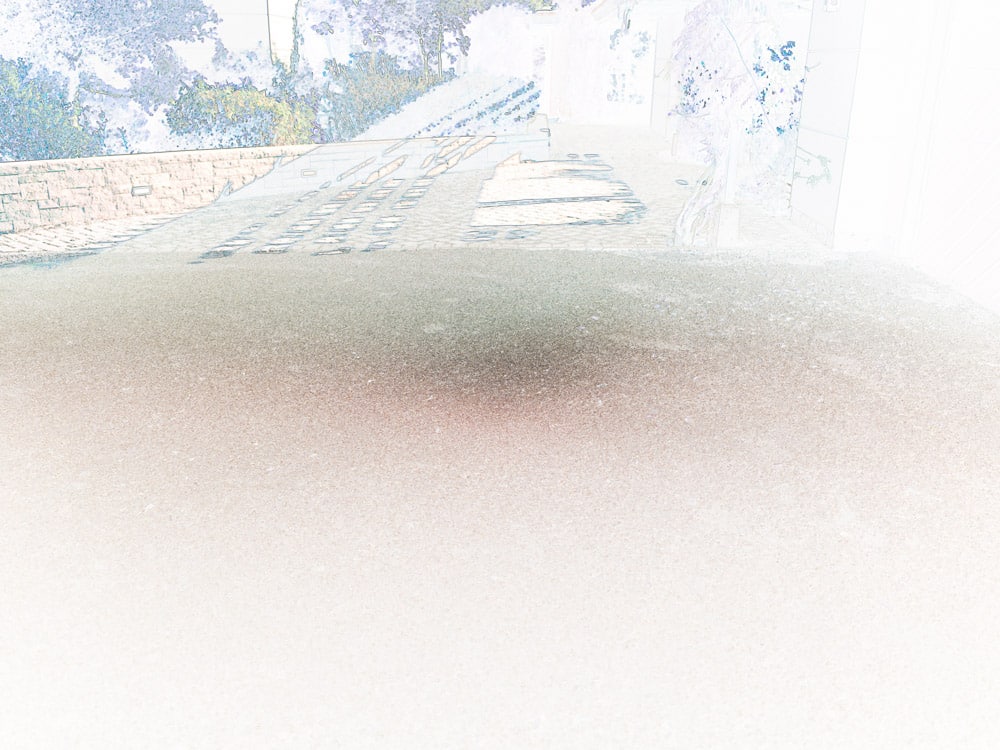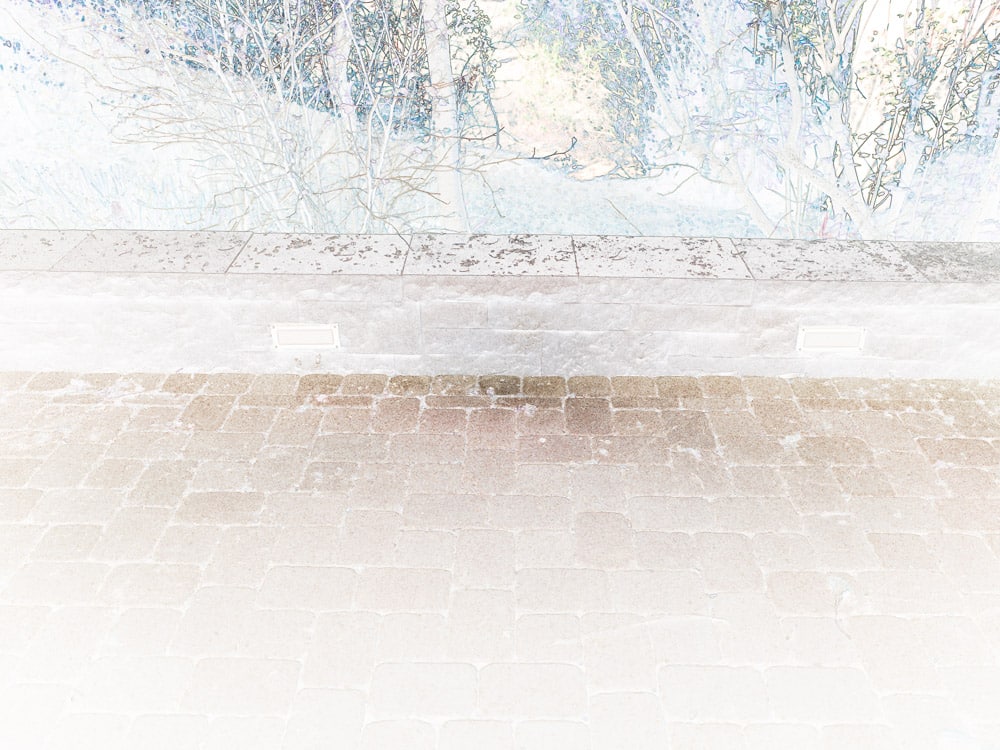This is the 12th in a series of posts on the Hasselblad X2D 100C camera and the XCD lenses. You will be able to find all the posts in this series by looking at the righthand column on this page and finding the Category “X2D”.
It’s hard to see because of the falloff in sharpness of the XCD 38 wide open off axis, but it appears that the focal plane of the 38 is pretty darned flat.
These are using Roger Cicala’s Q&D field flatness test.



Hello Jim
Belatedly, but thank you for this series. You certainly are „at it“! Interesting findings. I think for my use as a hiking and self-carrying landscaper X2D will be replacing H6D in future.
Best regards, Robert
Hi Jim,
I’ve found that stopping down the lens 2 stops from wide open often tells a more revealing story about the field curvature, especially when the off-axis sharpness is not that great wide open. Sometimes, the field curvature shape even changes. And it helps to focus a little closer, so that the far edge of the depth of field is not too lost in the distance background, to get a better overall sense of the curvature shape.
I’ve not gotten good results from Roger’s test stopped down to f/5.6 or so. The focal plane is too ill-defined. Is that what you’re suggesting?
I guess you mean the Find Edges filter would start to pick up too much detail everywhere, making it hard to see the shape of the focal plane.
My chosen test subject for this kind of “Giant Ruler” test is a large flat field of grass, like in a football stadium. I’ve also found that a giant empty carpark at something like Walmart is ideal. Your chosen subject is not sufficiently uniform structurally from near to far, making judgement harder already.
I would also try focusing a little closer, and lower the camera height from the ground a little. If 2 stops down from wide open is too much depth of field, try one stop down.
Also, try increasing the contrast a lot of these images by clipping the white and black points of a curves adjustment. I’ve found this method very effective for enhancing the shape of the focus plane.
Sam